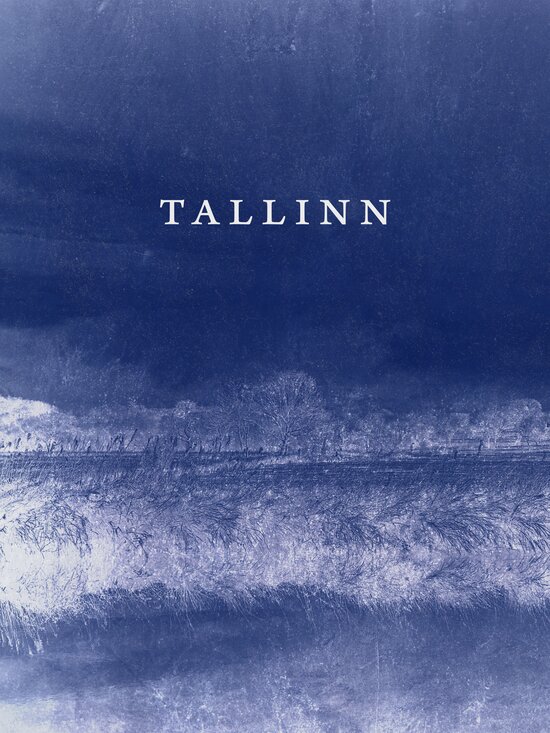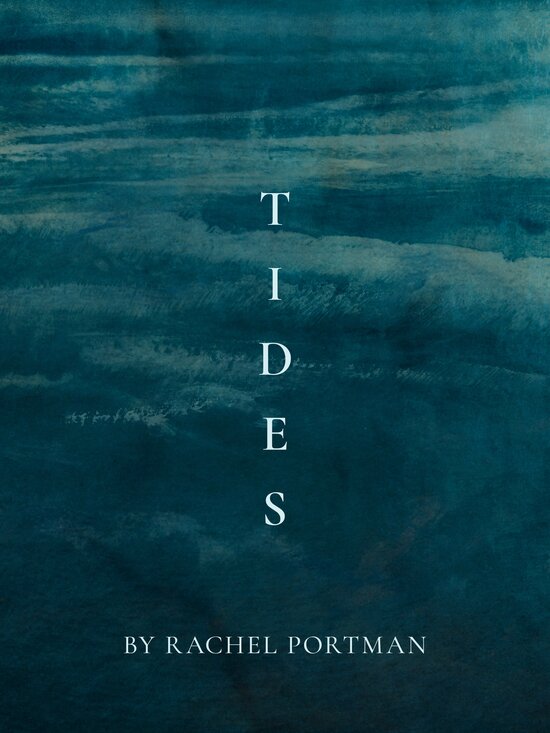Chamber strings and first chairs

Inspired and guided by Peteris Vasks’ Voices, we set out to capture the sound, styles, and the spirit of the piece—with all its unique techniques and textures. Working directly with Vasks, we recorded small sections and first chair soloists from Sinfonietta Riga at St. John’s church in Riga, Latvia. And the results are breathtaking: A fully-detailed chamber ensemble with a unique character and color.

Inspired by—and an homage to—the music of Peteris Vasks, these strings fuse dissonance and beauty to inspire your compositions.
Highlights
Fully-detailed chamber strings ensemble
Violins, violas, celli, and basses: Small sections and first chair soloists
Unique ‘gestures’ articulations including whispered sustains, harmonics, atonal and harmonic glissandi
3 legato styles for the solo instruments
3 dynamic layers—con sordino dynamics management
6 mic positions
Performed by the acclaimed Sinfonietta Riga
Recorded at St. John’s Church in Riga, Latvia
Created in direct collaboration with composer Peteris Vasks
About the sound
Vasks’s work is known to combine organic and melodic devices with experimental and atonal playing techniques—many pioneered by Vasks. Talking about the first movement of Voices, Vasks has said: “The symphony speaks of my essential, most meaningful themes. About life. About eternity. About conscience.” We set out to capture some of this spirit in our recordings.
The general sound is one of intimate reverence: Small ensembles playing with little vibrato in a large, reverberant space. This setup in this space already delivers a rich intensity and a unique set of character strings, but delve into the details and you’ll find experimental and atonal articulations—we call these ‘gestures’. Use these gestures to add nuance and tension, and make musical statements beyond the ordinary.

Playability and realism
These strings also offer a new approach to dynamics—we recorded the lower dynamic layers with mutes (con sordino), and removed the mutes gradually for the louder layers. The result: A beautifully colored sound with a unique character.
The solo instruments perform well as a quartet or quintet, or you can use them to add detail and focus to the sections. These first chairs offer 3 legato styles: Lyrical, expressive, and sul tasto. This approach gives you the optimum in playability and realism.

About Peteris Vasks and Voices
“My intention is to provide food for the soul, and this is what I preach in my works.”
— Peteris Vasks
Peteris Vasks’ career as a composer has long since transcended the boundaries of his native Latvia, and his influence on contemporary music is undeniable. His first symphony, Voices (1991), was his international breakthrough, and featured a beautifully organic and natural fusion of styles and emotions—from poignant folk melodies to unsettling dissonances.
Recurring themes in his work are nature, spirituality, and the human condition—notably the inherent conflict present in the interaction of those themes—at the same time concerned and hopeful. Specifically, Voices deals with the struggles of the Latvian people as they fought for independence from Soviet rule—and it’s an adept and masterful musical interpretation of the violence and hardship, just as well as the successful and joyful resolution.

Sections and first chairs
People who like this also like

Salu
Close-up soundscapes

Tallinn
Baltic voices and strings

Metropolis Ark 1
The Monumental Orchestra

Berlin Orchestra Full
Includes 6 collections

Tides by Rachel Portman
Emotive chamber orchestra

Drones
By Alexander Hacke
Runs in SINE
Mic merging
Preserve your system resources: Fine-tune your mix using multiple mic positions, then merge into a single channel within the player.
Greater usability
SINE is designed to complement the compositional workflow. Create on the fly with auto keyswitch options, and easy remapping tools.
Download single instruments
Choose only the instruments and mic positions that you currently need—no need to download the entire collection at once.

Orchestral Perspectives
Peteris Vasks Strings
Chamber strings and first chairs
St. Johns Church, Riga


Works with Orchestral Tools’ SINE Player—NOTE: Latest version required!
Size
234 GB of samples (96.7 GB SINEarc compressed)
24 bit / 48 KHz patches
SINE system requirements
Mac: macOS 10.15 or higher | Intel Core i5 or similar | Apple ARM chipsets supported | At least 8 GB RAM (16 GB+ recommended)
Windows: Windows 10 | Intel Core i5 or similar | At least 8 GB RAM (16 GB+ recommended)
Formats supported: Standalone, VST, VST3, AU, AAX